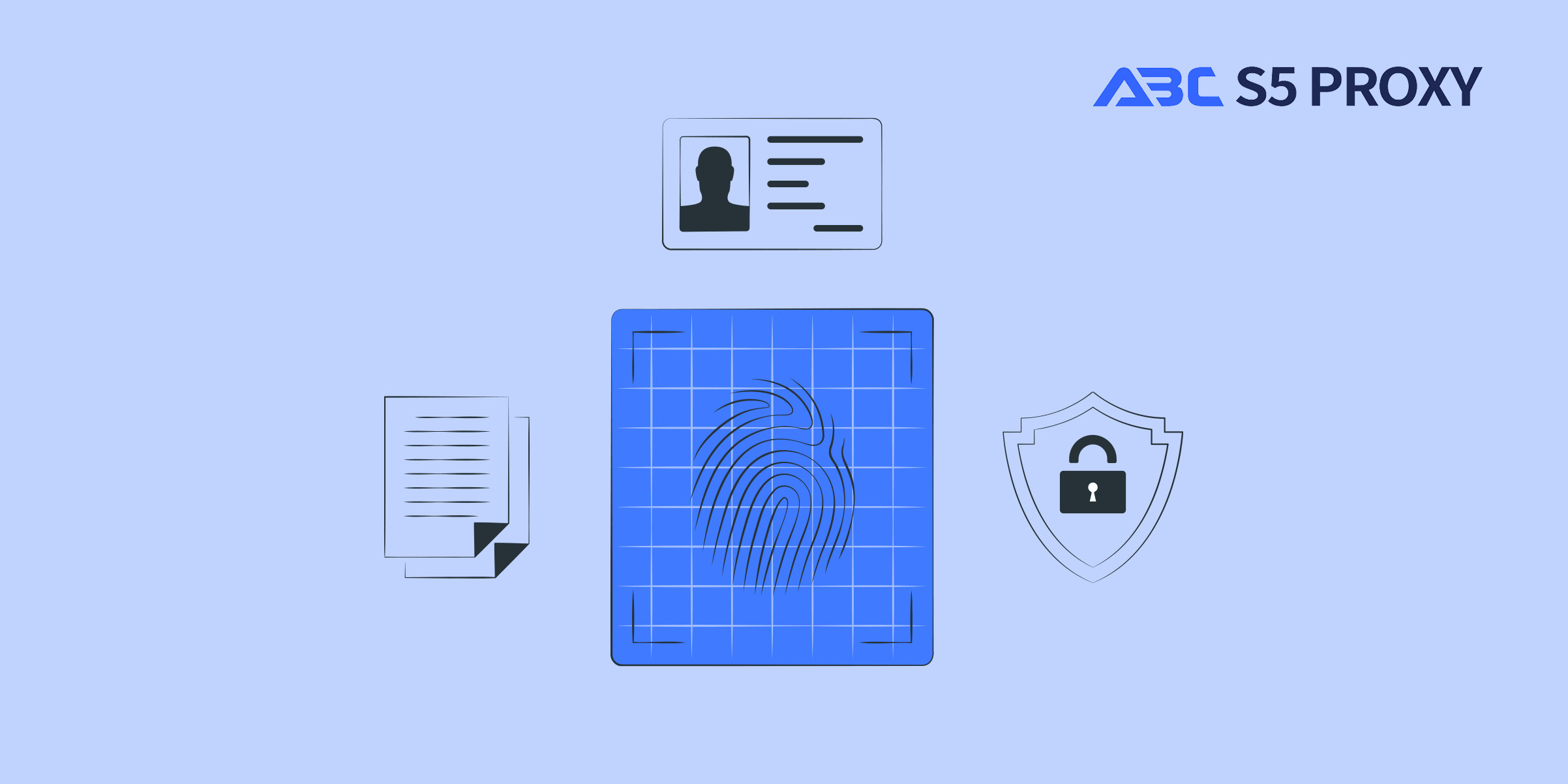Residential Proxies
Allowlisted 200M+ IPs from real ISP. Managed/obtained proxies via dashboard.

Proxies Services
Residential Proxies
Allowlisted 200M+ IPs from real ISP. Managed/obtained proxies via dashboard.
Residential (Socks5) Proxies
Over 200 million real IPs in 190+ locations,
Unlimited Residential Proxies
Unlimited use of IP and Traffic, AI Intelligent Rotating Residential Proxies
Static Residential proxies
Long-lasting dedicated proxy, non-rotating residential proxy
Dedicated Datacenter Proxies
Use stable, fast, and furious 700K+ datacenter IPs worldwide.
Mobile Proxies
Dive into a 10M+ ethically-sourced mobile lP pool with 160+ locations and 700+ ASNs.
Scrapers
Collection of public structured data from all websites
Proxies
Residential Proxies
Allowlisted 200M+ IPs from real ISP. Managed/obtained proxies via dashboard.
Starts from
$0.6/ GB
Residential (Socks5) Proxies
Over 200 million real IPs in 190+ locations,
Starts from
$0.03/ IP
Unlimited Residential Proxies
Unlimited use of IP and Traffic, AI Intelligent Rotating Residential Proxies
Starts from
$1816/ MONTH
Static Residential proxies
Long-lasting dedicated proxy, non-rotating residential proxy
Starts from
$4.5/MONTH
Dedicated Datacenter Proxies
Use stable, fast, and furious 700K+ datacenter IPs worldwide.
Starts from
$4.5/MONTH
Mobile Proxies
Allowlisted 200M+ IPs from real ISP. Managed/obtained proxies via dashboard.
Starts from
$1.2/ GB
Scrapers
Web Unblocker
Simulate real user behavior to over-come anti-bot detection
Starts from
$1.2/GB
Serp API
Get real-time search engine data With SERP API
Starts from
$0.3/1K results
Scraping Browser
Scale scraping browsers with built-inunblocking and hosting
Starts from
$2.5/GB
Documentation
All features, parameters, and integration details, backed by code samples in every coding language.
TOOLS
Resources
Addons
ABCProxy Extension for Chrome
Free Chrome proxy manager extension that works with any proxy provider.
ABCProxy Extension for Firefox
Free Firefox proxy manager extension that works with any proxy provider.
Proxy Manager
Manage all proxies using APM interface
Proxy Checker
Free online proxy checker analyzing health, type, and country.
Proxies
AI Developmen
Acquire large-scale multimodal web data for machine learning
Sales & E-commerce
Collect pricing data on every product acrossthe web to get and maintain a competitive advantage
Threat Intelligence
Get real-time data and access multiple geo-locations around the world.
Copyright Infringement Monitoring
Find and gather all the evidence to stop copyright infringements.
Social Media for Marketing
Dominate your industry space on social media with smarter campaigns, anticipate the next big trends
Travel Fare Aggregation
Get real-time data and access multiple geo-locations around the world.
By Use Case
English
繁體中文
Русский
Indonesia
Português
Español
بالعربية

A proxy server acts as an intermediary between a user's device and the internet. It helps enhance security and privacy by masking the user's IP address and routing their internet traffic through the server. This article will focus on proxy server ports, port numbers, and proxy addresses, explaining their importance and functionality in the realm of networking and online security.
Proxy server ports are specific endpoints on a proxy server that are used to establish connections and transfer data. Ports are essential for networking as they help differentiate between different types of traffic and services. A proxy server can have multiple ports open to handle various types of requests.
- HTTP Port (80): Used for transferring Hypertext Transfer Protocol (HTTP) data.
- HTTPS Port (443): Utilized for secure data transfer using Hypertext Transfer Protocol Secure (HTTPS).
- SOCKS Port (1080): Used for SOCKS (Socket Secure) protocol, which allows for general-purpose proxy connections.
Port numbers are numerical identifiers assigned to specific protocols or services on a device. Ports range from 0 to 65535, with well-known ports (0-1023) reserved for common services like HTTP, FTP, and SMTP. Proxy servers use specific port numbers to open connections and transfer data securely.
Understanding port numbers is crucial for configuring proxy server settings on devices. Users can specify a particular port number when setting up a proxy connection to ensure that their traffic is routed through the correct port on the proxy server.
A proxy address, also known as a proxy server address, is the URL or IP address of the proxy server that users connect to for routing their internet traffic. When configuring a proxy server on a device, users input the proxy address to establish a connection with the server.
Proxy addresses can be either IP addresses (e.g., 192.168.1.1) or domain names (e.g., proxy.example.com). Users can obtain the proxy address from their network administrator or a third-party proxy service provider.
When a user configures a proxy server on their device, they input the proxy address along with the specific port number assigned for the desired protocol (e.g., HTTP, HTTPS). The device then establishes a connection with the proxy server using the provided address and port.
Once the connection is established, all internet traffic from the user's device is routed through the proxy server via the specified port. The proxy server processes the requests, masks the user's IP address, and forwards the traffic to the intended destination on the internet.
In summary, proxy server ports, port numbers, and proxy addresses play a significant role in enhancing security, privacy, and network performance. By understanding how these elements work together, users can configure proxy settings effectively and ensure that their online activities are protected.
Featured Posts
Popular Products
Residential Proxies
Allowlisted 200M+ IPs from real ISP. Managed/obtained proxies via dashboard.
Residential (Socks5) Proxies
Over 200 million real IPs in 190+ locations,
Unlimited Residential Proxies
Use stable, fast, and furious 700K+ datacenter IPs worldwide.
Residential (Socks5) Proxies
Long-lasting dedicated proxy, non-rotating residential proxy
Dedicated Datacenter Proxies
Use stable, fast, and furious 700K+ datacenter IPs worldwide.
Web Unblocker
View content as a real user with the help of ABC proxy's dynamic fingerprinting technology.
Related articles

How to improve data acquisition efficiency through wget proxy user
This article analyzes the technical principles and application scenarios of the wget tool combined with the proxy IP, and discusses how to optimize the data acquisition process through the proxy service of abcproxy to improve efficiency and stability.

What is a proxy crawler
This article systematically analyzes the core technical principles, typical application scenarios and practical solutions of proxy crawlers, explores how proxy IP can improve crawler efficiency and stability, and provides technical references for developers.

How to efficiently download images using Python requests
This article explains in detail the core technology of Python request to download pictures, analyzes the anti-crawling response strategy and the application of proxy IP, and helps developers implement efficient and stable picture collection solutions.